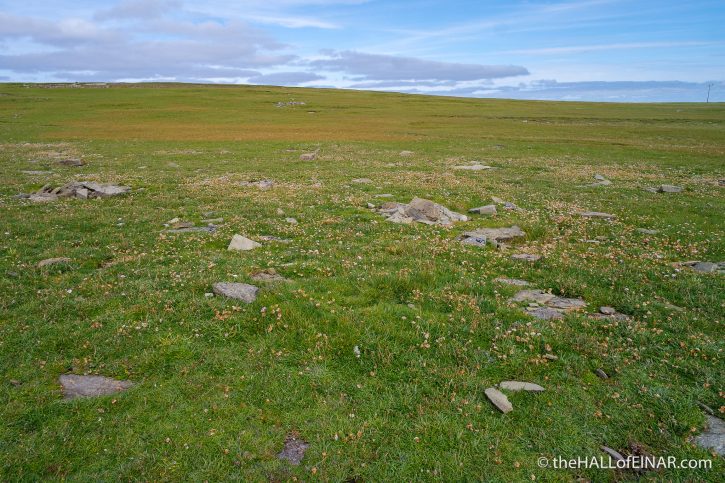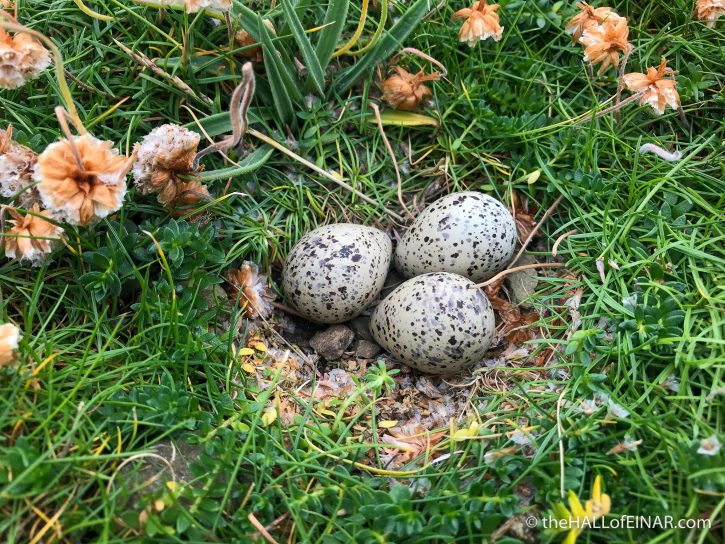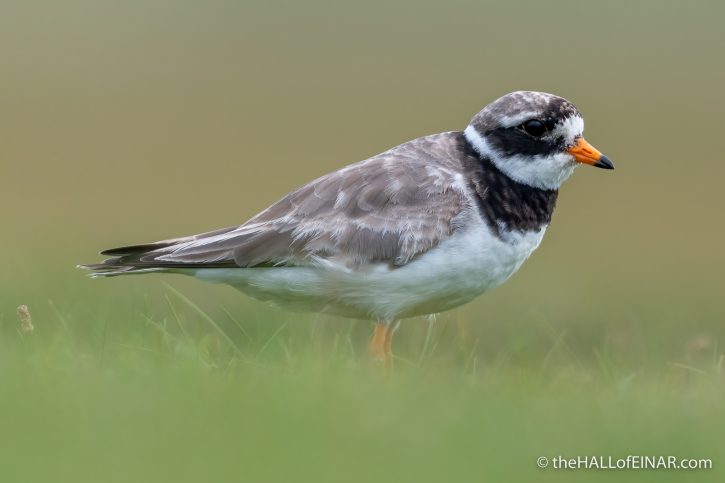Ground-nesting Sandy Laverock
There’s a Ringed Plover nest here, next to the footpath, near the coast:

I can tell that because, as I walk past, there’s a couple of Plover walking determinedly away from wherever the nest is. One decides to fly and call, circling me at a distance, while the other tries their classic broken-wing technique.

It’s fluttering its wings, holding one high and looking back at me, looking for all the world as if it’s an easy meal for a predator. It’s a clever ruse which I’ve witnessed before:
This is what it’s trying to distract me from:

I retreat carefully, 30 metres from the nest, lie on the ground in full camouflage and don’t move a muscle. One of the adults gradually approaches the nest and sits back down on the eggs. I’m relieved. I can just about see it through my binoculars.
The eggs lie on a small bed of stones in a circle bare of vegetation. Their camouflage is exceptional. The eggs are 36 x 25mm. I didn’t measure them, I just looked that up in the British Trust for Ornithology’s bird facts.
The normal clutch size of a Ringed Plover (called a Sandy Laverock in Orkney – a Laverock is a Skylark) is 3 or 4 eggs. I wonder if this clutch is new and she’s going to add another? The clutch is probably complete if they’re incubating the eggs already. I’m lying face down in the Creeping Willow contemplating ways I can get some photographs of them. I’d particularly like to see the chicks when they are small, but it’s going to be challenging doing it without disturbing them, and that’s something I’m not willing to do. There are too many predators around which will take advantage of unguarded eggs or chicks for me to feel comfortable putting their entire family at risk just for a photograph.
The other of the pair approaches me as I lie there. It’s completely unaware of my presence:

Photographs from ground level are so much more successful. Gorgeous birds, aren’t they?
I crawl away and continue my walk along the footpath and have a full day watching Arctic Terns, Black Guillemots and Dunlin.
The next day I come back. I wait 50m away and look through my binoculars. I crawl a little and peer into the distance. I wait for the alarm call, or the sight of one circling me. Nothing. I go closer. There’s no broken wing display. I stand up and walk to the nest site:

The adults have spent three and a half weeks incubating the eggs and they have now hatched. The downy young have wobbled away on their tiny, ungainly legs. Congratulations to them. They’ve got this far. There are only 5,400 breeding pairs of Ringed Plover in the UK. The species is on the ‘Red List’ of Birds of Conservation Concern.
I wish them well in raising their three chicks so that others can delight in their antics.